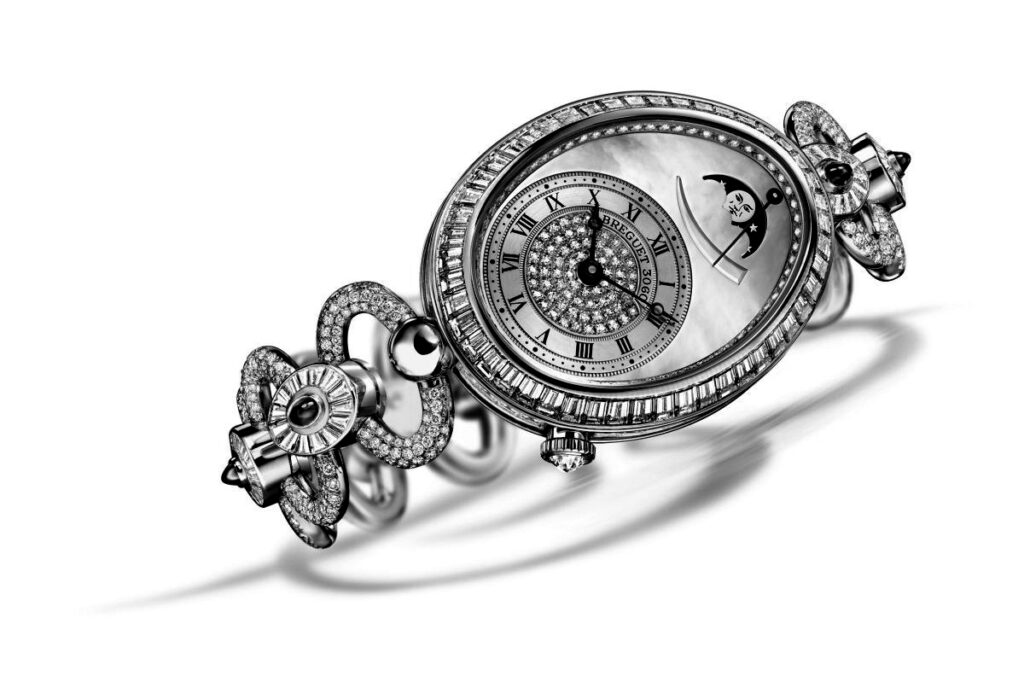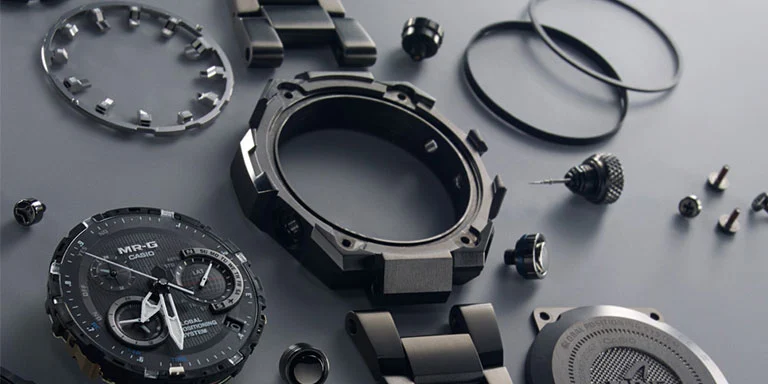
It is ironic, moreover, that one of Breguet's most brilliant innovations, and indisputably one of his most useful – the wristwatch, no less – should have been completely ignored by his contemporaries. And yet there is documentary evidence to prove beyond any doubt that, in response to a commission from the Queen of Naples June 8th 1810, Breguet conceived and made the first wristwatch ever known, the Breguet watch number 2639.

The world’s first minute-repeater wristwatch was unveiled in September 1892 by the Bienne, Switzerland firm of Louis Brandt & Frère, precursor to today’s Omega watch company. Brandt had chosen Audemars Piguet in Le Brassus to modify a 13-ligne Lépine ébauche that Audemars had purchased from the ébauche maker LeCoultre & Cie. The striking mechanism was triggered by a slide at 3 o’clock.

Breitling launches one of the first wrist-worn chronographs. It features something new: a push-piece at 2 o’clock, separate from the winding crown, rather than integrated into it as on the pocketwatch chronographs of the time.

Cartier introduces the Tank watch. The company says that the shape of the case sides was inspired by the treads on military tanks, which were first used in WWI.

Fortis introduces the first wristwatch with an automatic winding rotor. The winding mechanism was designed by the British watchmaker John Harwood, who modeled it on the one that Abraham-Louis Perrelet devised for pocketwatches in the 18th century.

The Swiss company LeCoultre and Cie collaborate to bring out the Reverso, whose case can be slid sideways and flipped over to protect its crystal. (The two companies will merge in 1937.)

IWC Schaffhausen makes its first pilots’ watch, which it calls the Special Watch for Pilots. It has a rotating bezel for measuring elapsed times.

The world’s first Automatic chronographs are introduced. One, Caliber 6139, the first to hit the market, is from Seiko; another, the now-famous El Primero, is from Zenith; and a third, Caliber 11, is the work of a consortium of companies: Heuer-Leonidas, Breitling, Dubois Dépraz, Büren, and Hamilton.

Rolex launches a new version of the Cosmograph Daytona containing the new, in-house Caliber 4130. The introduction means that all Rolex-brand mechanical watches now have in-house movements.

The Apple Watch is a wearable smartwatch that allows users to accomplish a variety of tasks, including making phone calls, sending text messages and reading email. Apple released the Apple Watch on April 24, 2015. The 1980s brought around the quartz crisis which has also led to the development of the smartwatch industry. Today, brands continue to experiment with new materials to create thinner, light-weight watches in both traditional watch models and new smart watch models.
Built to last
Time has been around since the conception of life, watches help us keep track of the time we have here on earth. The materials of those watches are important and should be something to consider when in the market for a new watch. These materials can run from stainless steel all the way to gold or even diamonds. Whats more important, however, is the moments on the inside.





